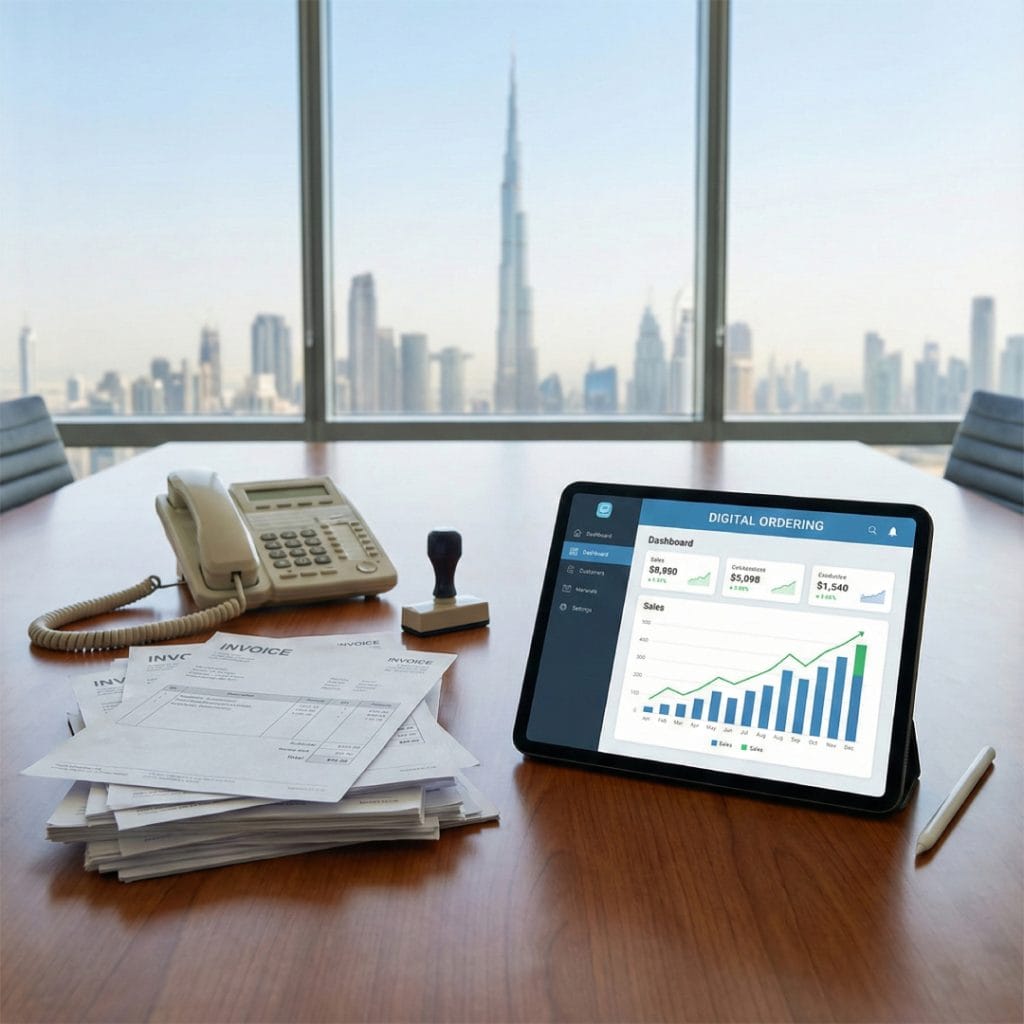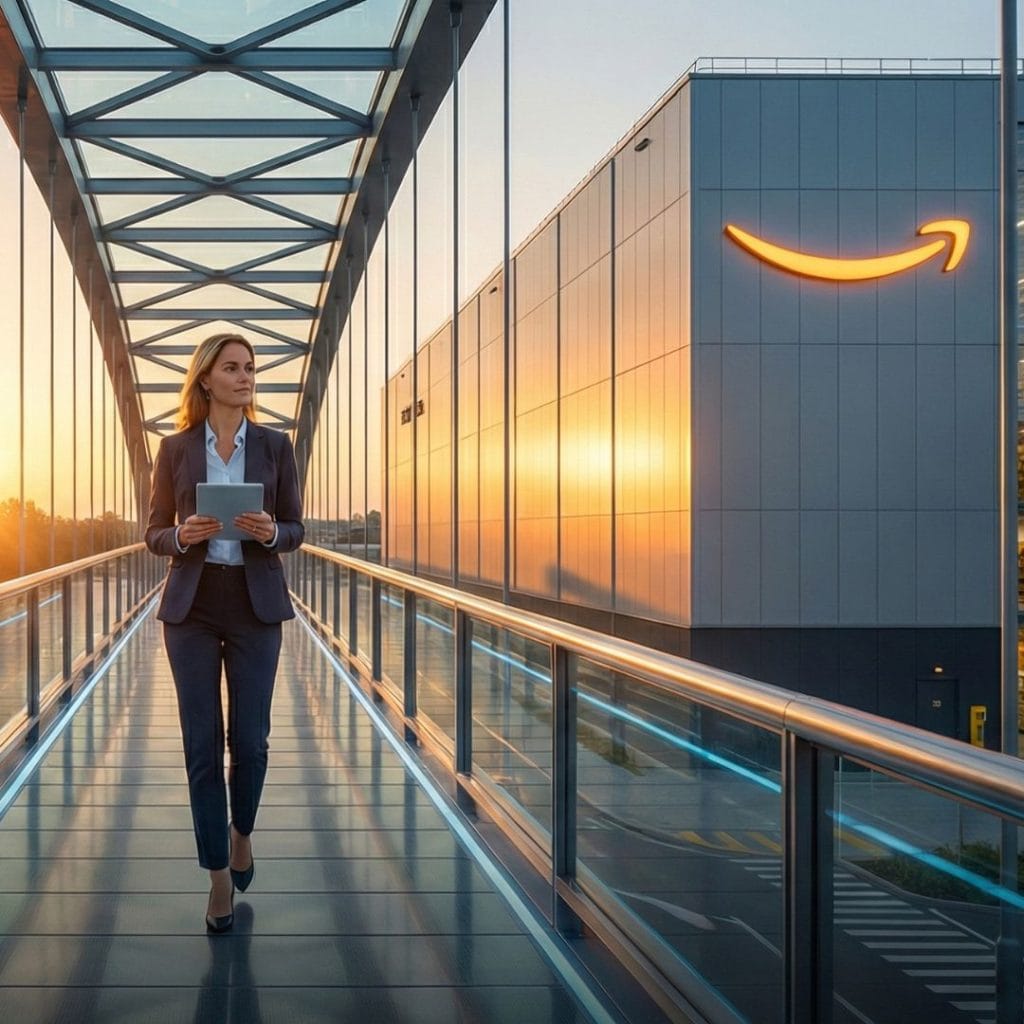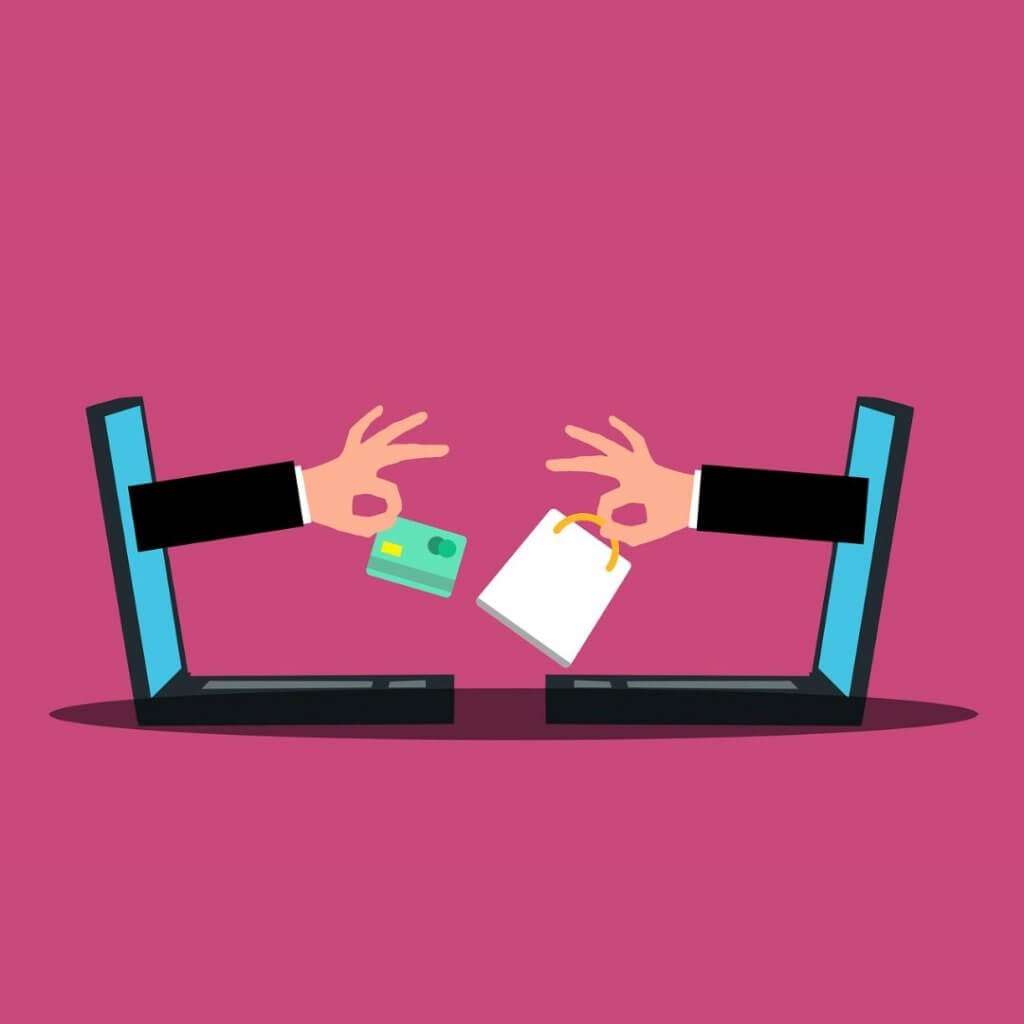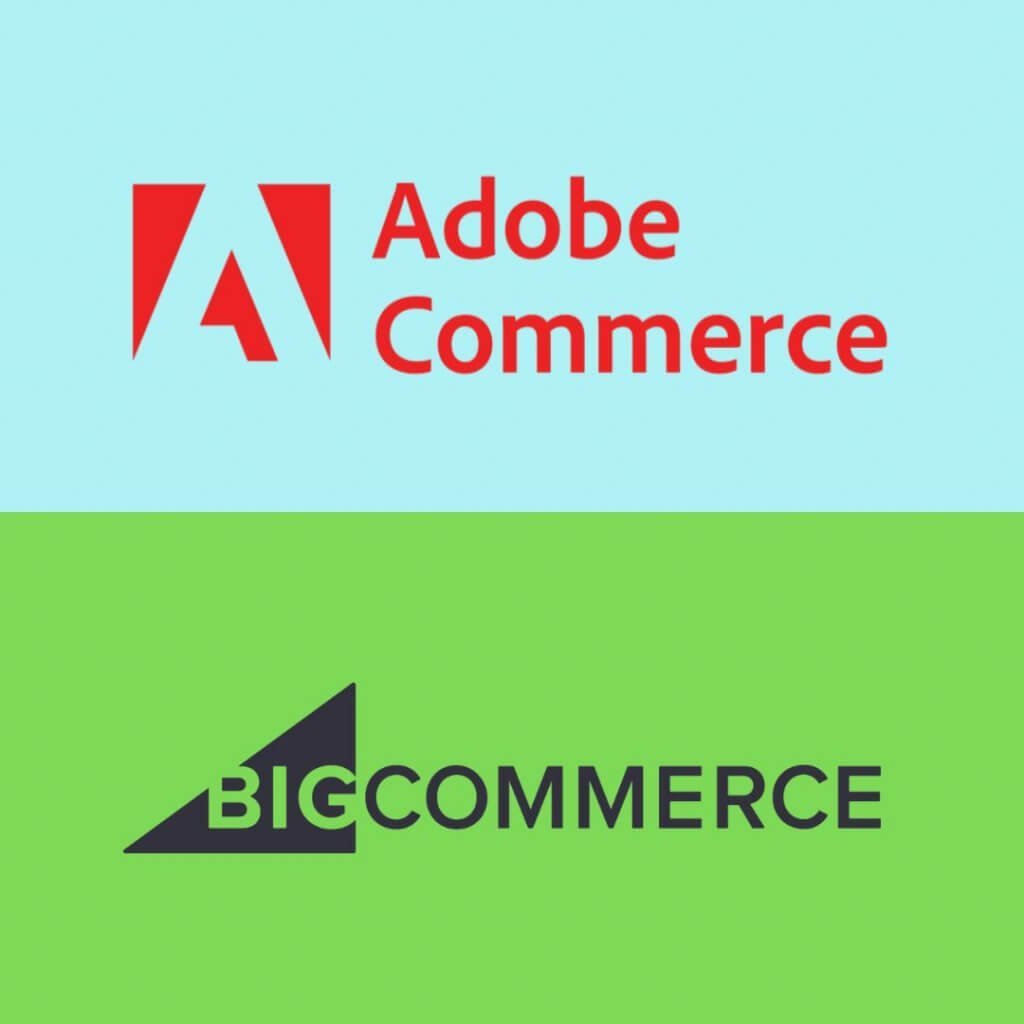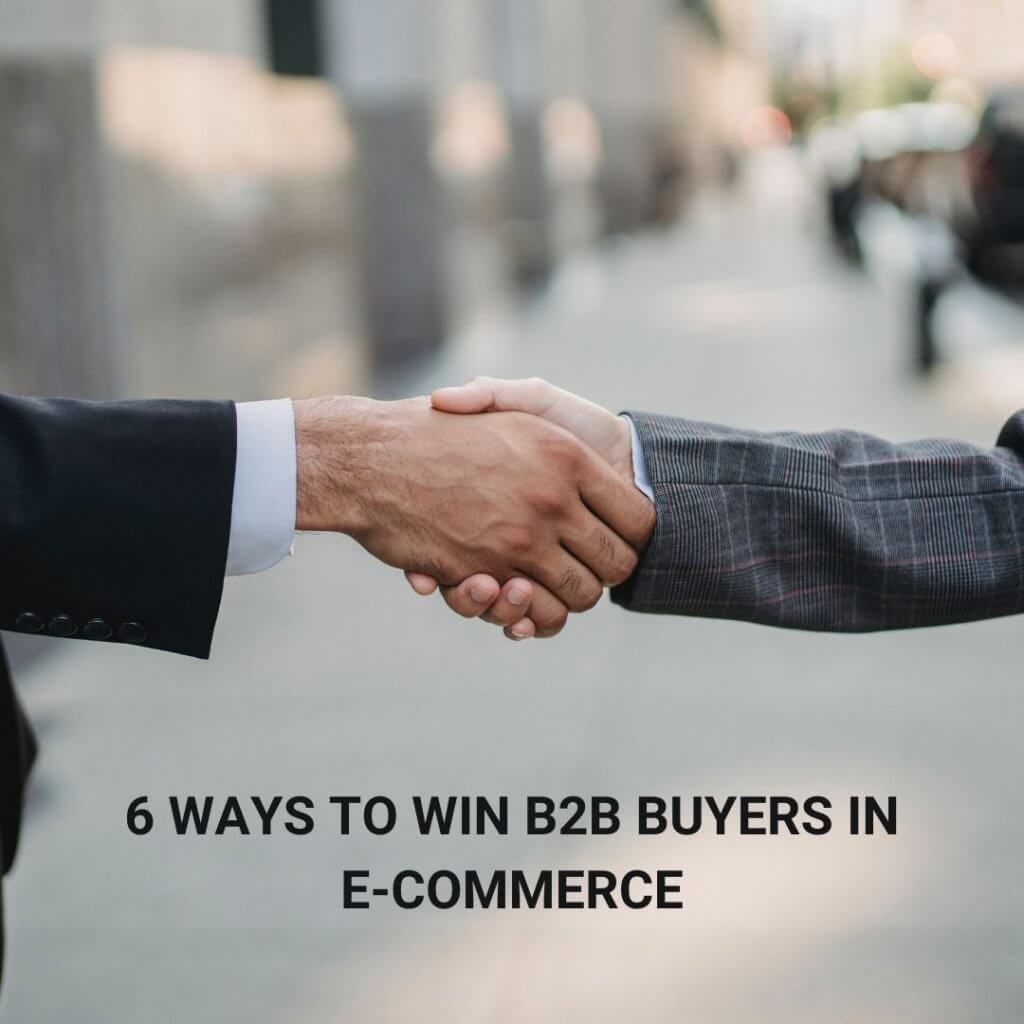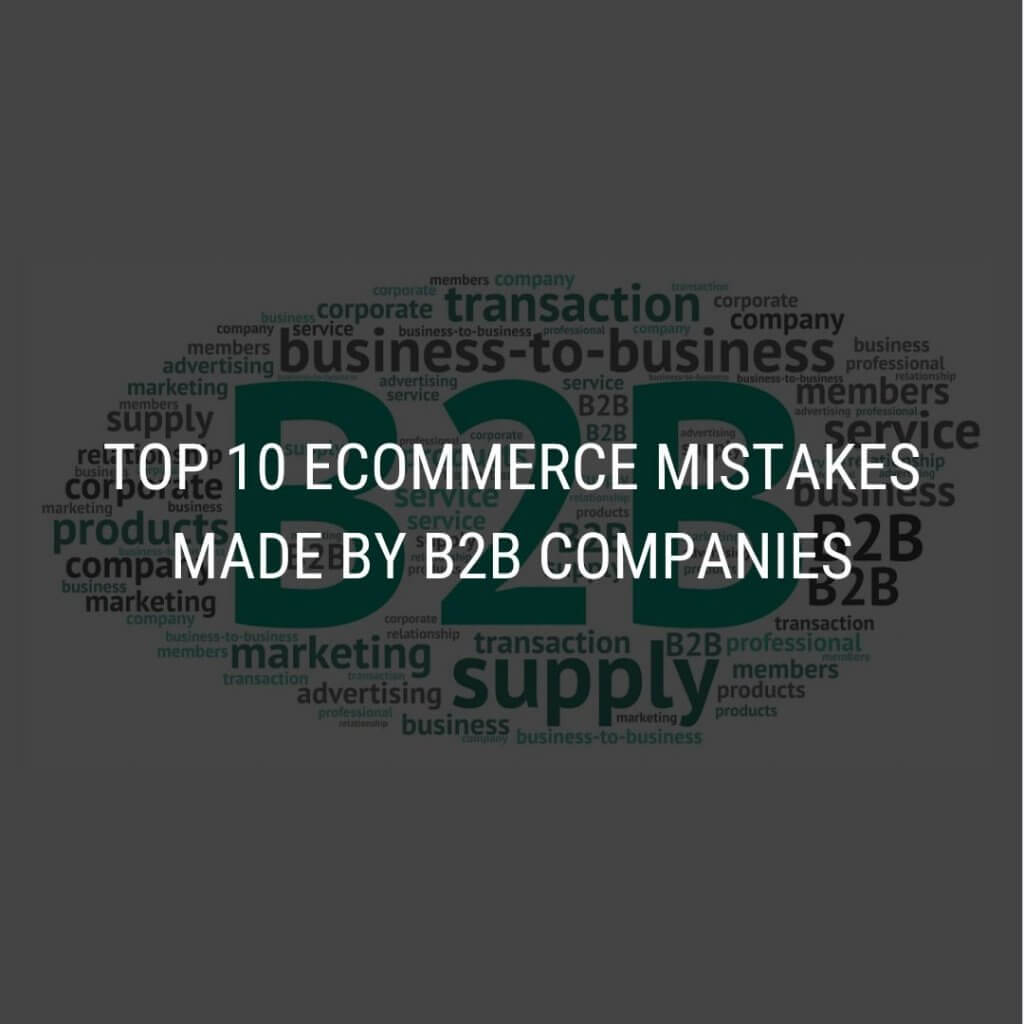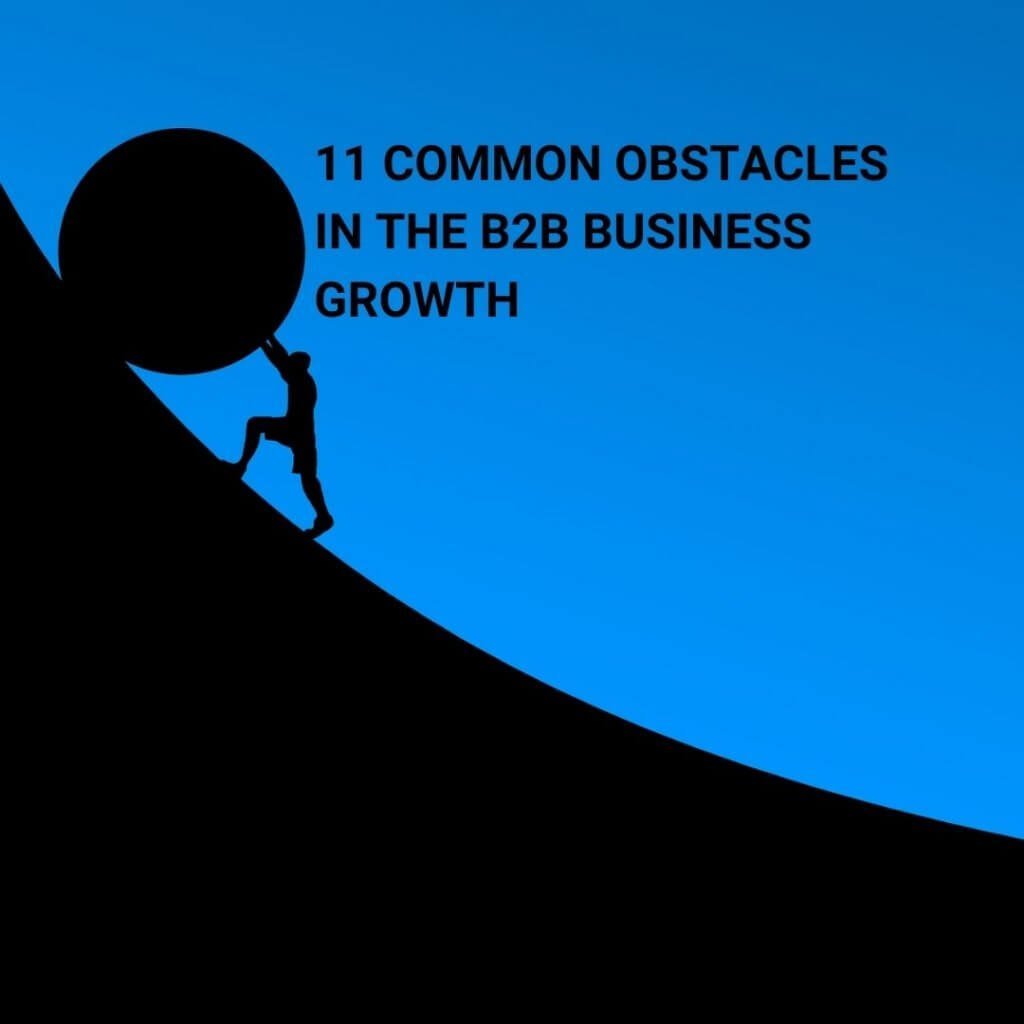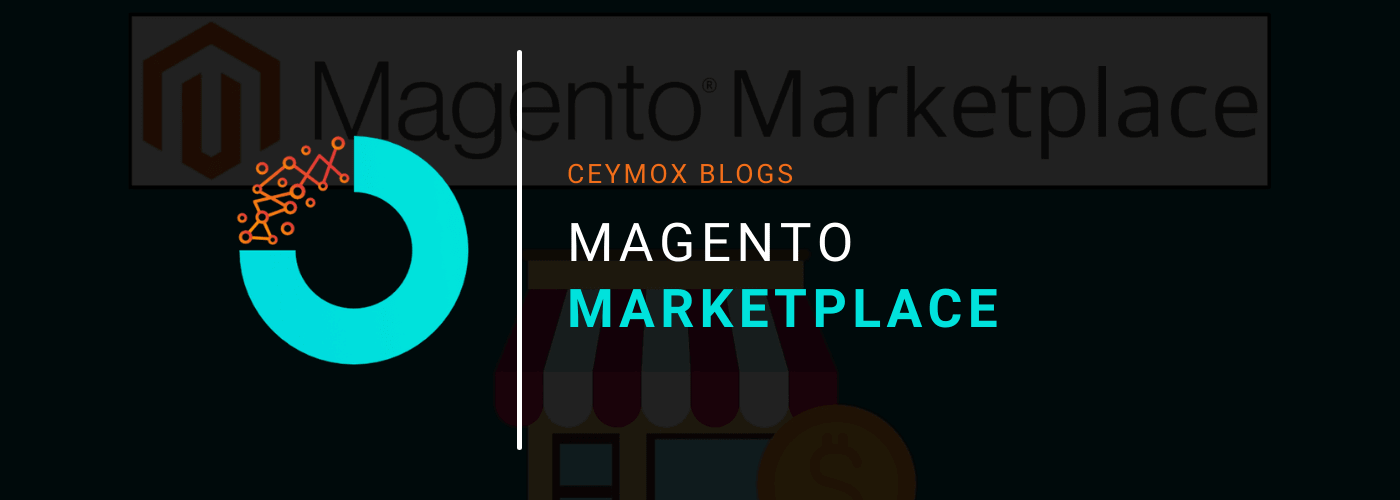
In the last few years, with the availability of smartphones and a fast internet connection, we have seen a huge growth in the e-commerce marketplaces. It has been even more than the traditional brick-and-mortar stores. It can be also due to the rapid expansion of popular marketplaces such as Amazon, eBay, Flipkart, Etsy, etc. It is quite amazing that e-commerce marketplaces like Amazon. You would be surprised to know that in 2019, Amazon alone contributed to over 50% of all retail sales in the USA. The global share of Amazon accounts for nearly 14%.
With such huge growth, entrepreneurs, startups, or investors are getting attracted to open their marketplaces in different industries’ niches. However, many people think that it is tough to develop and run an e-commerce marketplace in today’s competitive world, but a good strategy and an effective e-commerce site that engages & attract people can bring success.
If the e-commerce site is not enough efficient to engage the audience then all the efforts and money will go in vain. Hence for this, you must hire a reputed e-commerce development company like us. In this article, we will go through all important aspects of developing a B2B & B2C e-commerce marketplace. But let’s first know the stats of the e-commerce marketplace across the world.
E-commerce Marketplaces Statistics:
In 2019, the world’s top e-commerce marketplaces were able to sell items worth $2.03 trillion. Sales from these platforms such as Alibaba, Amazon, eBay, Flipkart, Etsy, etc. accounted for nearly 57% of global web sales in 2019. In the last year, the gross merchandise sales grew 18%. 54% of the top 100 marketplaces launched in 2011 or later. These include retailers that have been around for a while, and just recently began allowing other online merchants to sell on their sites. Here are some of the biggest marketplaces in their respective countries:
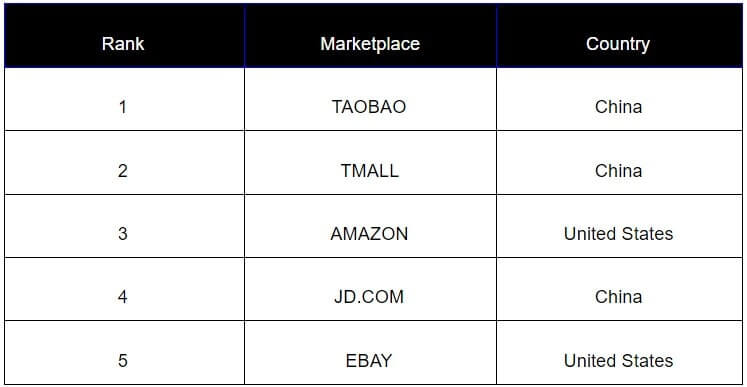
The US marketplaces are currently leading by these companies: Amazon, eBay, Walmart, Wish, Houzz. Here are some of the quick facts about these marketplaces:
- $552 billion sold on the US these marketplaces
- 37% median sales from mobile
- 11% median commission fee charged
- 38 marketplaces ship outside the U.S.
E-commerce Marketplace: Introduction
An e-commerce marketplace is a website or a mobile application that lets people buy products or services from different vendors, companies, or brands. There are a huge variety of products on an e-commerce marketplace which is showcased by different vendors, companies, or person on the same website. The owner or manager of the e-commerce marketplace takes the responsibility of attracting the visitors and manage all the necessary activities such as payment processing, shipping, sending out notifications, delivery, etc. A marketplace is a great platform for those retailers who are looking to expand their business and sell directly to the customers. It also eliminates the need for the middlemen which were also responsible for the high prices.
These marketplaces offer a lot of convenience to the users as they can check out a vast variety of products just by using their fingers, sitting on the couch. They don’t need to negotiate for the best prices and can also easily compare the products. The customers can be even eligible for exciting deals and offers. Just make the order and it will get delivered right to your doorstep.
What is B2B Marketplace?
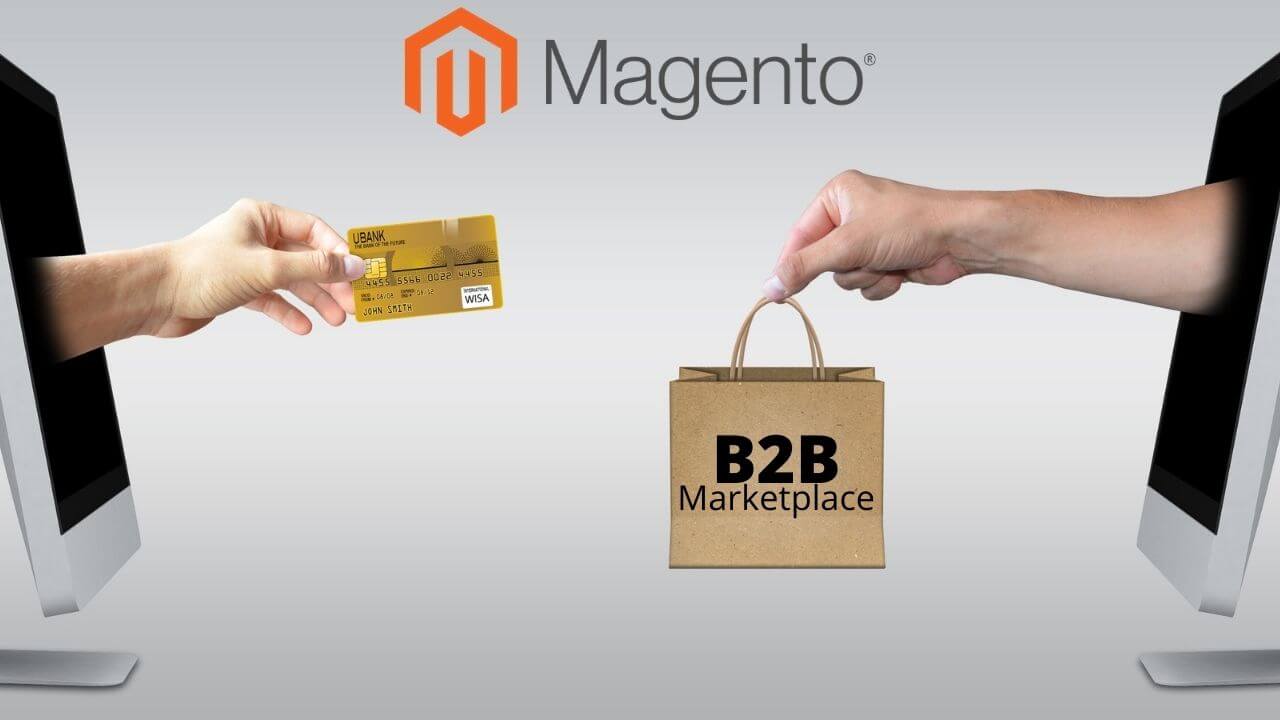
B2B marketplace stands for the “Business to Business” marketplace. This platform connects manufacturers, wholesalers, distributors, and many other bulk traders. Some small and medium-sized industries also operate in the B2B business. The motive of the B2B platforms is to make a smooth process of buying and selling, automate it, and on the same side improve the buyers’ experience in the complete buying process.
In B2B business, the products are sold in huge quantities. The audience is completely different than those of marketplaces such as Amazon, or Flipkart. The products can be raw materials, finished parts, services, or consultation that another business requires for sales & profit. Take an instance of the automobile industry. There are many different parts which require for making a vehicle, and it is not essential that all the parts will be developed by a single company. Therefore, for the other parts such as tires, hoses, electronic parts, etc. they are dependent on other manufactures, and they need to purchase those products from those companies. A B2B marketplace facilitates the buying and selling of such products. The delivery, payment, communication is managed on the B2B marketplace.
What is B2C Marketplace?
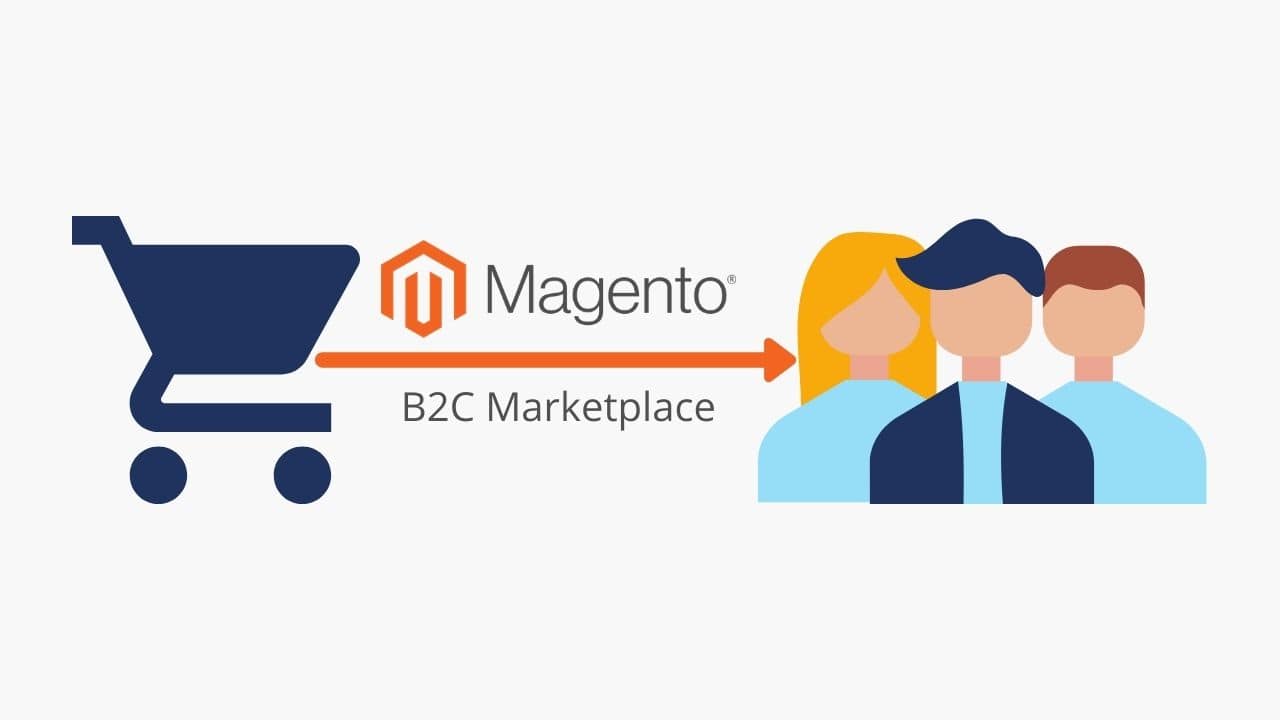
B2C marketplace stands for “Business to Customers” marketplace. These are the marketplaces by which we interact mostly for online shopping. On B2C marketplaces, the sellers interact with the customers and not the other buyers as in B2B marketplace. In the B2B marketplace, the products are in huge quantity to sell while in the B2C marketplace the products are of huge variety. There are a lot of benefits for small sellers on the B2C marketplace as they can get a wide range of audiences which will help in increasing their sales and expanding their business. Customers buy products on the B2C platform as they buy on the shopping mall however without any salesman. The products are suggested to them based on their prior shopping trends and buying behavior. The buyer will get all the details of the product. They can make the online payment and the product will get delivered to their doorstep. Many e-commerce marketplaces also provide the option of 1-day delivery, refund, or replacement for certain products.
Different types of marketplaces across the globe:
Some of the common industries of the marketplaces across the globe are:
1. Textile Marketplace:
In the last year, the total worth of the global textile marketplace was estimated at nearly $961 billion. It is estimated to exhibit a CAGR of 4.3% from 2020 to 2027. It is due to the increasing demand for apparels in south-east Asian countries. Textile is a flexible material which is created by using yarns or threads, interlocking them. It includes the process of weaving, knitting, crocheting, knitting, felting, bonding, braiding etc. It is used for manufacturing a variety of products including clothes, handbags, medical items, kitchen items, etc.
2. Electronic Marketplace:
Electronics is one of the most utilized industry in e-commerce, especially in the B2C marketplace. It has been divided into 3 major segments: consumer electronics, electric utilities, and general electronics. As per the report of “Global Electronic Components Market”, the compound annual growth rate of the global market of the electronics industry is nearly 5.6% from 2014 to 2019. Some of the key components of the electronics industry are Semiconductor supply, manufacturing services, industrial equipment, networking and communication equipment, computer and office products, medical devices, consumer electronics, home appliances, etc.
3. Furniture Marketplace:
The E-commerce industry in the furniture marketplace is still in the developing stage. It includes the selling of furniture products for offices, homes, hotels, schools, and other purposes. Furniture industry encompasses all the companies and activities include in the manufacturing, design, distribution, and sales of decorative furniture objects. The Indian domestic furniture industry has been expected to grow at the CAGR rate of 12.91% from 2020-2024. On the other side, this stands for less than 5% of the global furniture market whose value is estimated at $1.1 trillion.
4. Healthcare Marketplace:
Healthcare marketplace as the name implies includes selling & buying of the medical-related products, surgical devices, medicines, telemedicine, medical tourism, clinical trials, etc. We have seen a huge growth in the healthcare industry especially due to the recent coronavirus pandemic. By 2020 end, it has been expected that the healthcare industry will reach the valuation of $1 billion in India alone. As people are welcoming doctor consultation through smartphones, and computers, it can grow with a better rate in future.
5. B2B Global Marketplace:
The Global B2B marketplace worth has reached nearly 4,000 billion USD in 2019 and is expected to reach nearly 5,000 billion dollars by 2021. In India only, the Indian e-commerce market is expected to grow to US$ 200 billion by 2026 from US$ 38.5 billion in 2017.
Which platform is best for developing an e-commerce marketplace?
It wouldn’t be wise to advocate a particular platform for developing an e-commerce marketplace. We will recommend a variety of options which you can use for this purpose. These are the options in the order of their priority:
- Magento B2B marketplace
- B2B marketplace Shopify
- WooCommerce B2B marketplace
- B2B marketplace OpenCart
Popular E-commerce Marketplaces:
1. Amazon:

Amazon is one of the biggest e-commerce marketplaces and the first epitome of online e-commerce. It is having the biggest customer base in the United States. In the last year, Amazon was having more than half-share of all the retail activities across the US. Its popular service, Amazon Prime has been subscribed by over 95 million people in the US alone. More than 50% of the Amazon sales come from third-party sellers.
2. Ebay:
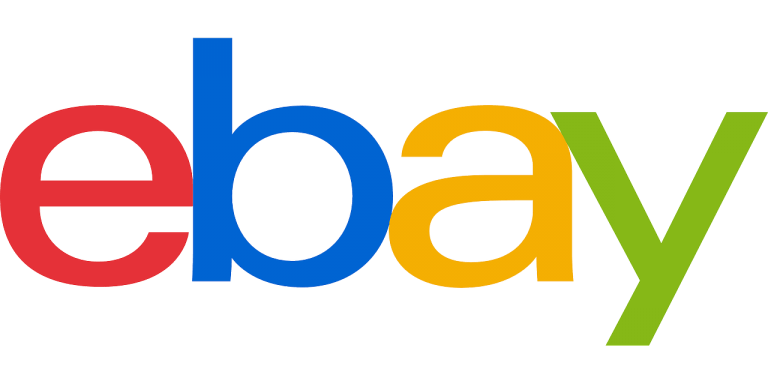
Ebay is a very popular marketplace since our childhood. Almost everyone could sell anything on eBay. It got a lot of attention from small customers and business owners in the early 20th century. It was initially started as a platform to sell & purchase vintage & collectible items. Currently, there are more than 180 million active buyers on Ebay. It generated nearly $10 billion in revenue in the previous year. It is the second most popular e-commerce marketplace in the US after Amazon.
3. Alibaba:
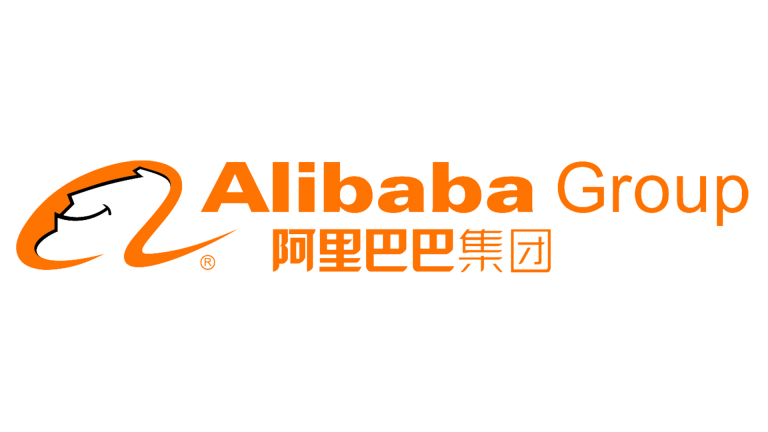
Alibaba is the Chinese e-commerce giant and one of the biggest B2B marketplaces across the world. On this marketplace, you can find every product you can think of. The products are bought and sold through many different channels as distributions. It offers a broad spectrum of B2B, B2C, and C2C e-commerce services, mobile payments, and logistics services. In 2019, there are nearly 960 million active annual customers on Alibaba. It is having nearly 60% of the Chinese e-commerce market share.
4. Flipkart:

Flipkart is India’s response in the e-commerce pace headed by Amazon, Ebay, or Alibaba. Flipkart is the largest B2C e-commerce marketplace in India and is home to more than 10 million active buyers across the country. There are more than 100, 000 suppliers listed on the Flipkart site. The company is highly efficient for delivery, with a huge logistics network.
5. Walmart:

Walmart is a highly popular name in the retail industry. The company is having the largest number of retail stores across the world. If the owner of Walmart visits his one store in one day, it will take him more than 30 years to visit all the stores. The company has also leveraged the e-commerce platform for expanding their operations. The e-commerce sales of Walmart has been growing to double from $15 billion to $38 billion in 2020.
Wrapping Up:
The e-commerce marketplaces have become the need of the hour for many merchants as well as the customers. E-commerce is highly appreciated by the customers and is a very growing industry. If you are also planning to develop your e-commerce marketplace then it is the right time for it. At Ceymox Technologies, the best e-commerce development company in India, we are having expertise in developing customer e-commerce marketplaces. Let us know your requirements.
 Hubspot SEO Certified |  Hubspot SEO II Certified |  Google Ads Search Certified |  Google Analytics Certified |
Sreehari N Kartha is a skilled Digital Marketing Analyst at Ceymox, certified in SEO. His expertise encompasses a wide range of digital marketing strategies, including managing advertising campaigns on platforms like Google Ads, Facebook Ads, Instagram Ads, WhatsApp Ads, and LinkedIn Ads. With a strong foundation in SEO and SMM, Sreehari is adept at optimizing online visibility, driving engagement, and generating qualified leads and conversions. His passion for emerging technologies, such as Crypto, NFTs, and Web3, further complements his skillset, enabling him to navigate the dynamic digital landscape.
View All Articles